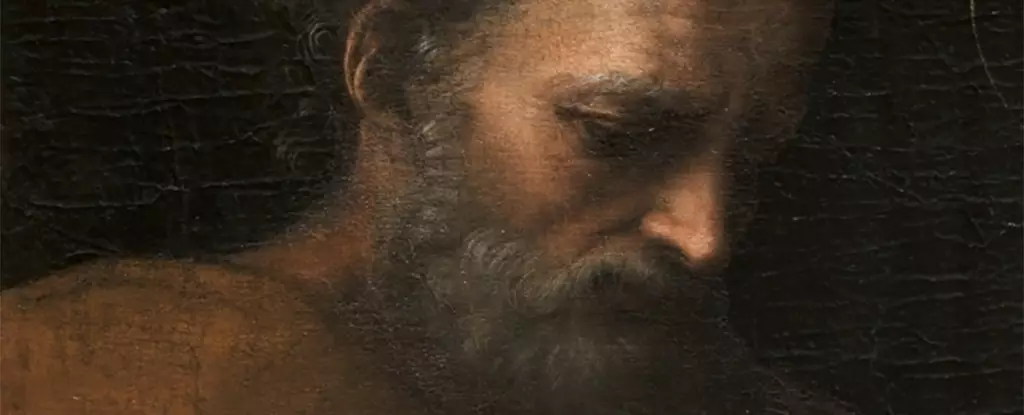In recent years, the advent of artificial intelligence (AI) has transformed numerous fields, showcasing its potential not only in practical applications but also in areas as nuanced as art authentication. A recent study involving an AI neural network has sparked intriguing discussions regarding the authenticity of a painting attributed to the Renaissance master Raphael. The focus of scrutiny was a figure of St. Joseph in the artwork known as the *Madonna della Rosa*. This analysis raises vital questions about the reliability of traditional forms of art attribution and the role that cutting-edge technology may play in reshaping our understanding of historical works.
The *Madonna della Rosa*, painted between 1518 and 1520, has long been a point of contention among art scholars. The debate surrounding the authorship of this piece has ebbed and flowed since the mid-1800s, with critics expressing skepticism over whether Raphael was solely responsible for its creation. With AI’s promise of precise analysis, researchers from the UK and the US initiated a project that applied a custom algorithm designed to dissect the techniques characteristic of Raphael’s work, examining nuances like brushstrokes, color palettes, and shading in detail. This approach allows for a far deeper investigation into the artwork than conventional human analysis typically permits.
The researchers utilized a modified version of the pre-trained ResNet50 architecture, an influential model originally developed by Microsoft, alongside traditional machine learning techniques such as Support Vector Machines. By training the AI with authenticated examples of Raphael’s art, they aimed to attain a deep feature analysis that surpasses simple recognition. The significant challenge faced by the team lies in the scarcity of Raphael’s complete body of work, as typical machine learning frameworks excel with vast datasets. Thus, by honing in on individual elements of the painting—specifically the faces—the study revealed a compelling case for more nuanced assessment.
Findings That Challenge Conventional Wisdom
The results generated by the AI were striking. While the figures of the Madonna, Child, and St. John were confirmed to exhibit Raphael’s stylistic traits, St. Joseph’s face stood apart, suspiciously lacking the finesse typical of the master. This finding falls in line with prior scholarly observations that noted St. Joseph’s visage appeared less meticulously executed. The implications of such results are profound; they provide not just quantitative data but also sensitive insights that may lead to reevaluating the legacy of certain artists and their apprentices, such as Giulio Romano, who was once a pupil under Raphael and could potentially have influenced the artwork’s final touches.
The application of AI in art authentication does not strive to replace the human element inherent in evaluating artworks. The researchers emphasize that the process of determining a piece’s provenance involves multifaceted layers of scrutiny, extending beyond mere technique to context, history, and physical attributes. As mathematician Hassan Ugail aptly stated, the role of AI should complement the expertise of art historians, offering tools that augment rather than overshadow traditional methodologies.
Future Implications for Art History
As AI continues to evolve and refine its capabilities, its integration into the realm of art history provides promising avenues for exploration and discovery. Art institutions may increasingly rely on these technologies to address uncertainties surrounding attribution, potentially leading to a better understanding of artists’ networks and methodologies in historical contexts. However, there remains a delicate balance to maintain; technology should serve as an assistant, not a replacement for the invaluable insights cultivated through years of scholarly dedication. AI’s revelation regarding the *Madonna della Rosa* is not merely a technical story—it’s a reminder of the complexities inherent in art, history, and the perpetual discovery that defines them both.
The intersection of AI and art serves as a lens through which we can appreciate the depth of human creativity while simultaneously welcoming the innovations that technology brings to light. The future of art authentication is bright, and as we continue to develop more sophisticated techniques, we may uncover layers of history previously obscured from view.


Leave a Reply